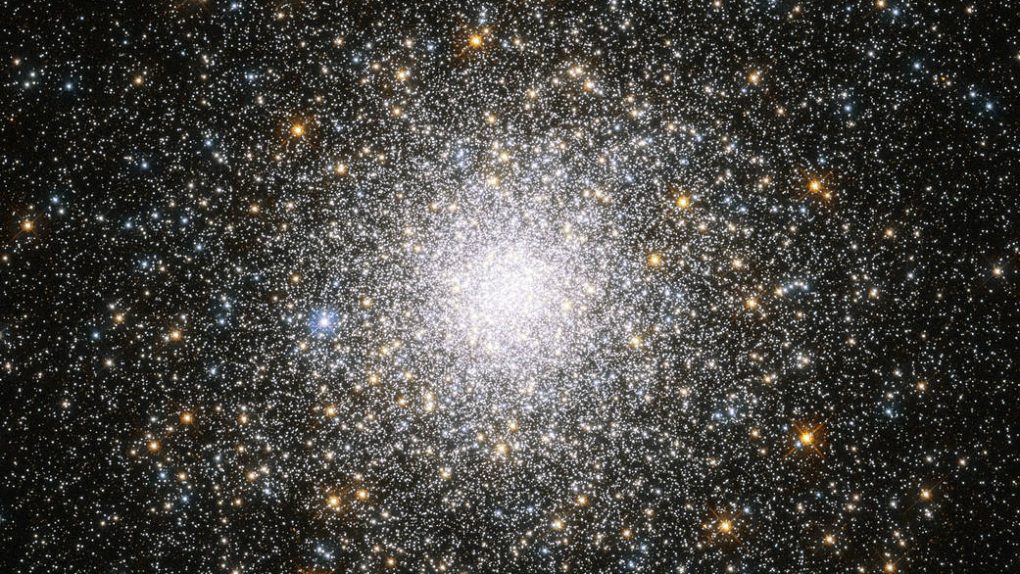Age is a relative thing. With our finite (and relatively short) lifespans, humans tend to think of anything older than 100 years as being “really old,” but when talking about astronomy, a century (or even a million years) is a drop in the bucket. So, when astronomers say they’ve discovered an incredibly old star, you know it must be truly ancient.
In a new paper published in Monthly Notices of the Royal Astronomical Society, scientists describe the discovery of a star named SMSS J160540.18–144323.1. Its name may lack style, but it more than makes it up for that shortcoming by being one of the oldest stars ever discovered. Unfortunately, it won’t be around much longer.
The star, which is located some 35,000 light-years away from Earth, is a red giant. It’s at the end of its life, but it’s been around for a very, very long time. Observations of its iron content suggest the star is over 13 billion years old, or just after the Big Bang.
Scientists can estimate the age of a star just by observing its light, which offers hints as to what materials are present within the star. The older the star, the more iron it will have. This is due to the generational nature of star birth, death, and reformation, which spreads elements like iron throughout the universe. In the case of this newly-discovered star, the metal content is incredibly meager, suggesting it’s likely a “second generation” star which formed very shortly after the birth of the universe.
“This incredibly anaemic star, which likely formed just a few hundred million years after the Big Bang, has iron levels 1.5 million times lower than that of the Sun,” Dr. Thomas Nordlander, lead author of the research, said in a statement.
As a red giant, the elderly star is nearing its inevitable death, but take comfort in the fact that it’s lived a long, full life.








